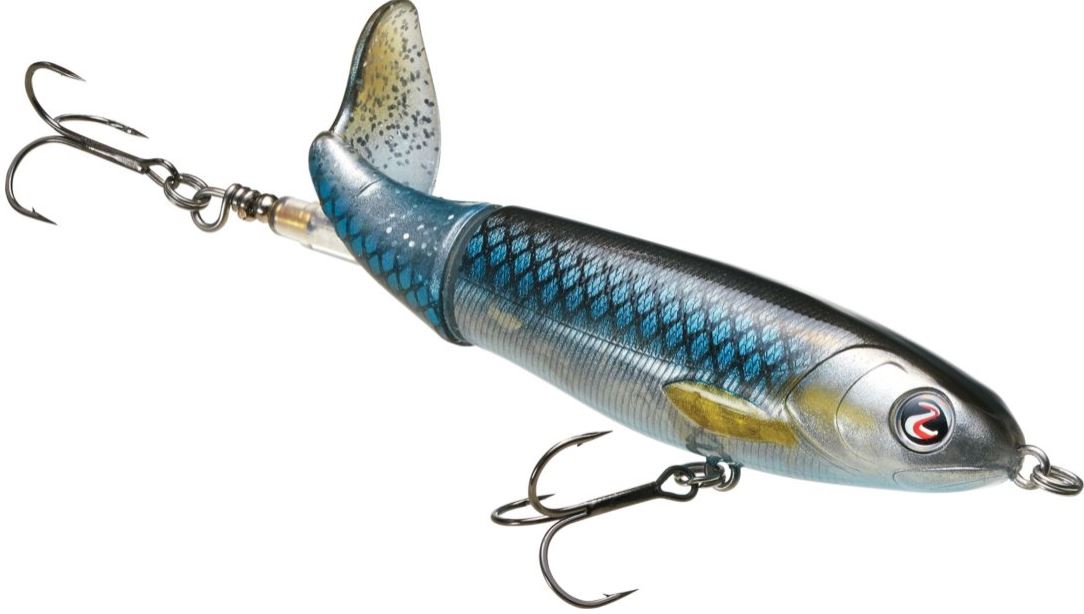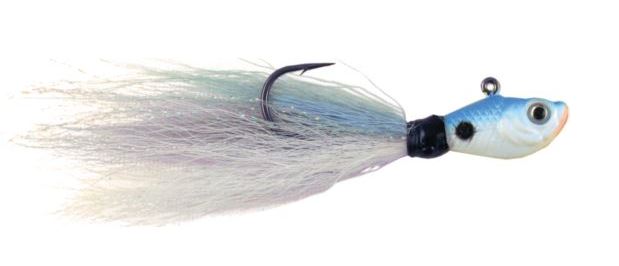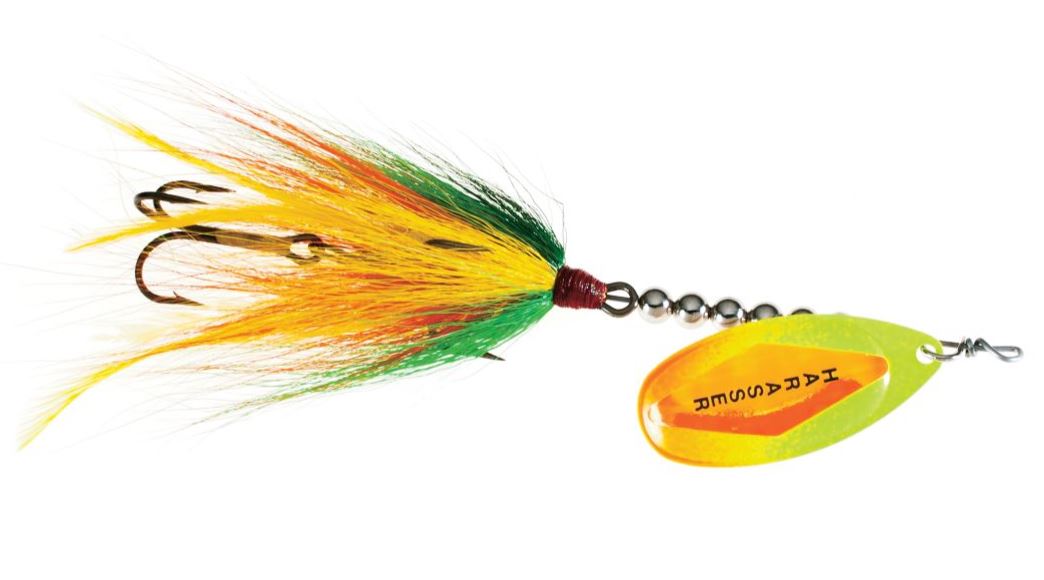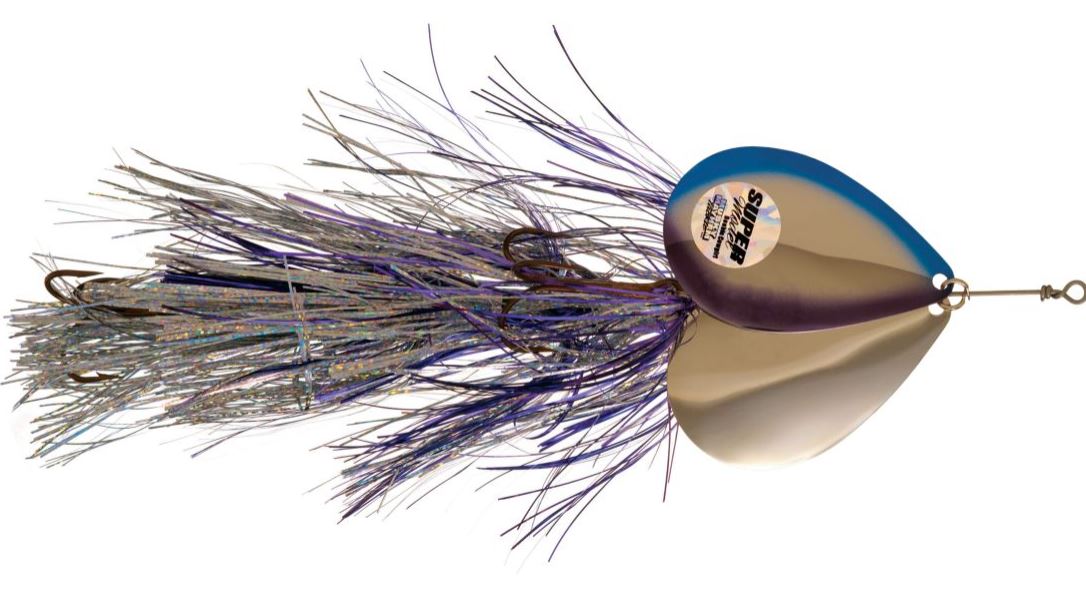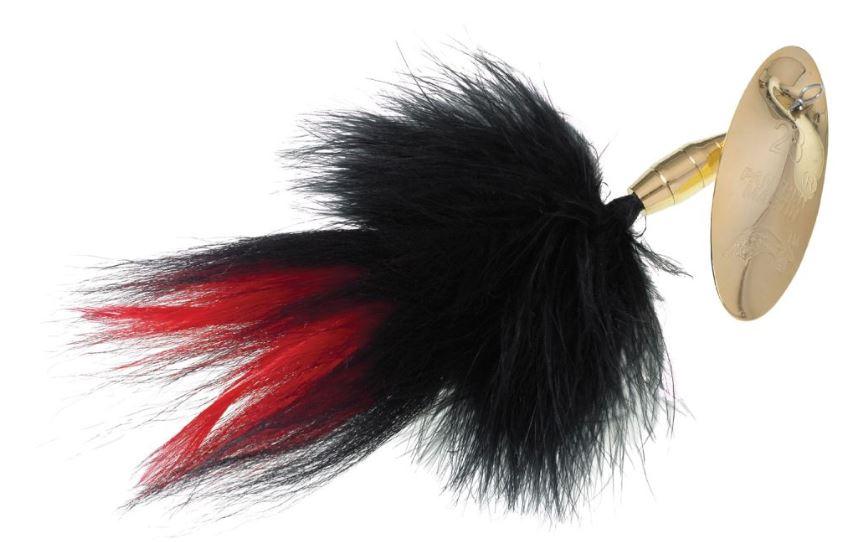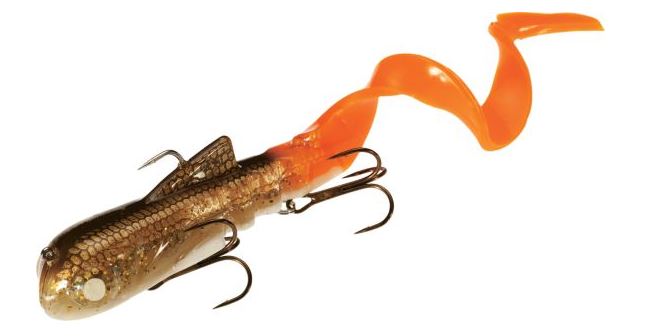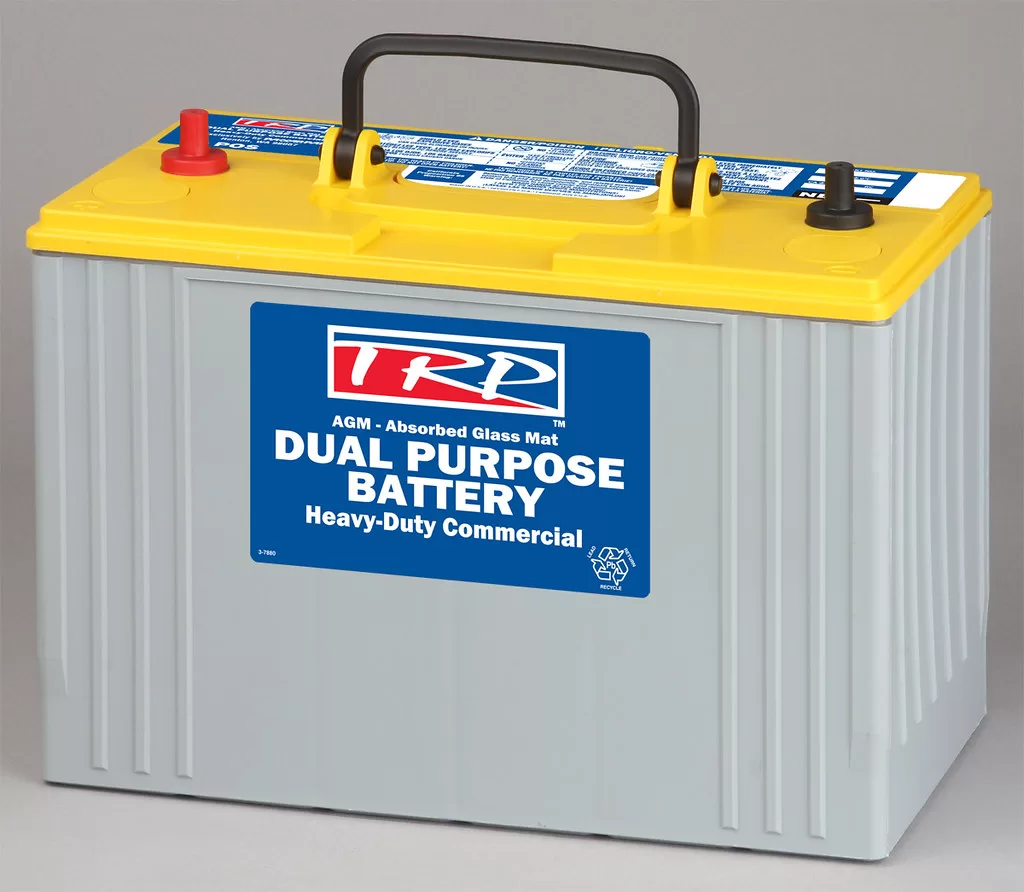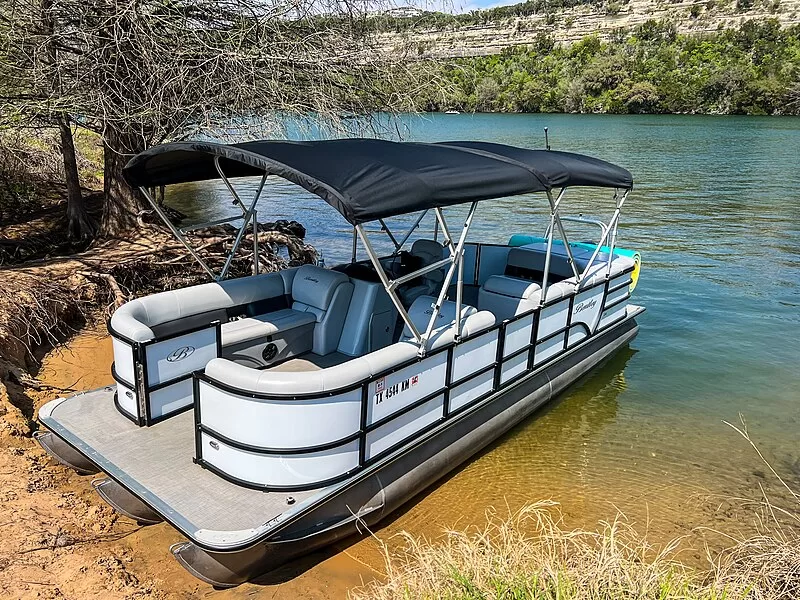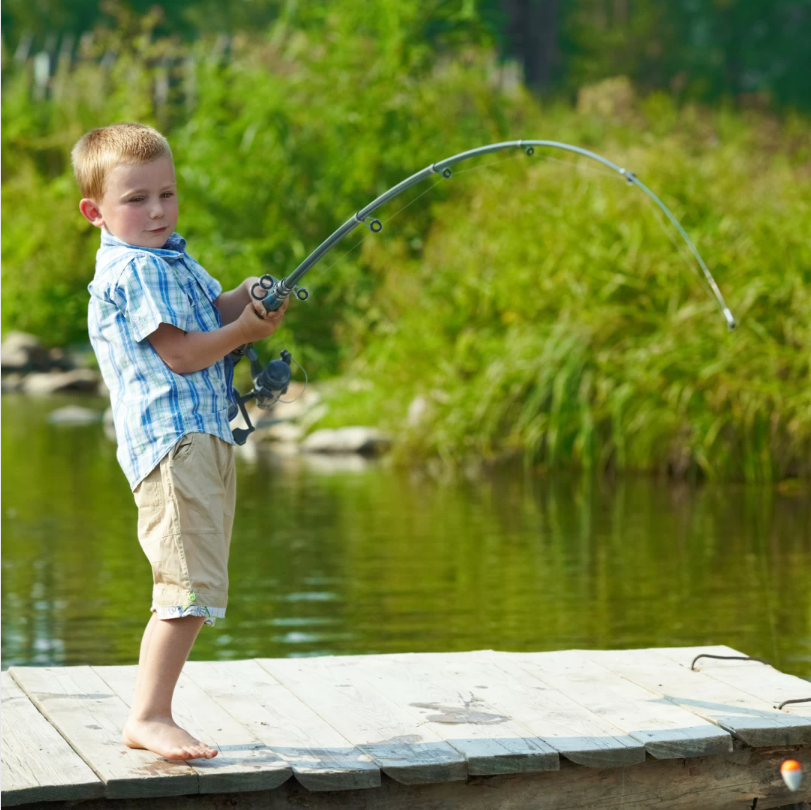Should You Be Afraid to Try? No!
Seriously, how elusive is this fish? I think the reputation certainly holds true but I do believe as we learn more about this fish and it’s habits the easier they’ve become to catch. As a general rule, it doesn’t take 10,000 casts to catch one if you follow certain guidelines. Will they ever be easy to catch — definitely not!
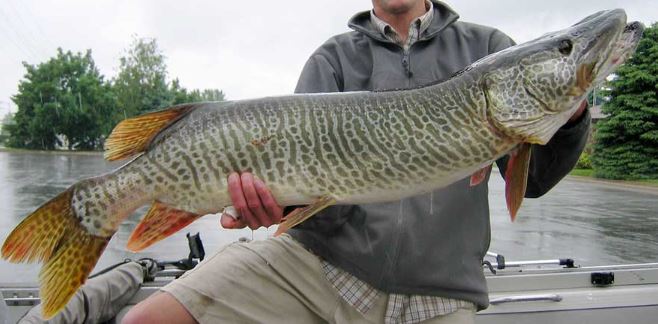
Let’s focus on the things we know about all fish; water temperature, time of year, lure & bait types, habitat, your local lake or body of water & bait activity. Muskies aren’t as plentiful as many other species; they are smart living off of instinct and learned patterns. They are extremely aggressive at times and very docile at others. Learning these tips will help you land one of these lake monsters.
Did you Know?
Muskies have extremely sharp and deadly teeth. Not deadly for us humans, but deadly For the prey the feed on.
While we’ve never seen a live strike, there are plenty of videos out there on YouTube — pretty amazing stuff. We wanted to share some basic info to try and help you catch one of these monsters!
Muskie Types & Identification
- The muskellunge, also known as muskelunge, muscallonge, milliganong, or maskinonge (and often abbreviated “muskie” or “musky”), is a species of large, relatively uncommon freshwater fish native to North America. The muskellunge is the largest member of the pike family.
- The tiger muskellunge, commonly called tiger muskie, is a carnivorous fish, and is the usually-sterile, hybrid offspring of the true muskellunge and the northern pike.
- Pennsylvania does stock both Muskie and Tiger Muskie Fingerlings.
- The easiest way to distinguish Muskie and Pike is by looking at the tail. Both species have forked tails, but Muskie have much more pointed forks, while Pike tails are more rounded. Tiger Musky also have rounded tails, helping you tell them apart from regular Muskie.
General Rules
- Pre-spawn water temperature for these guys is 55 to 65 degrees. When water temperature is 80+, avoid even trying to catch them.
- You will need to cover as much water as possible.
- Oxygen levels are important and so is coloration of the environment – this is a suspend and attack, ambush predatory fish.
- Every cast should finish in a figure eight motion when fishing for muskies.
- This is a 100% catch & release fish, not a wall mount for you to look at; that’s what pictures are for.

When & Where to Fish
- Spring – Muskies love to find the warmer water, in the spring they typically push into the shallow areas that have cover and bait fish. This affords them the ability to stalk their prey in an ambush style. As temps fluctuate in the spring you want to find the shallow pockets that hold temps even 3-5 degrees warmer than the other body parts of the lake. Females are building up enough energy to produce the eggs they need to spawn so don’t be surprised to see them more active and feeding during this time.
- Summer – You’ll want to try fast retrieves and cover as much water as possible. The fish are active but you have to find them and the faster retrieves can cause a strike! Muskies will be in different parts of the lake in the summer, don’t assume they will be sitting on the bank waiting for you to fast retrieve your lure.
- Fall – This is tough time to fish as the environment in the lake is changing. Muskies want fresh habitat with plenty of oxygen, most of the beds you’ve probably fished in the spring and summer are dying off, steer clear of those in the fall and attempt to identify beds a little deeper that still hold color. The muskies won’t be far off from there…You can also begin to slow your retrieve down a bit while sizing down your lures.
- Winter – You can find several fish in the same areas in the winter. When water temps dip below 52 degrees, many of the game fish we target will suspend in deeper parts of the lake that still have current, moving water flowing through. So fish the channels, troll for fish and use smaller baits / lures at this time. Some food sources are scarce and they will be near bait but you can catch with them spoons and large bellied cranks and less on the sticks.
Required Fishing Gear
- Rod Types: Typically medium to heavy action, longer rods allow you to control your lures and maintain control over your catch as many of these lake monsters are big. Strive for the 6’9” – 9’ rod lengths.
- Reels: Most anglers have success with larger baitcasters with fast gear ratios allowing you to crank those lures through the water.
- Line and Leader: You definitely want to be sure if you are fishing for these types of fish specifically that you use a heavy enough line strength. In some of the northern lakes, many guides use upwards of 100 pound braid with a 150 to 200 pound mono leader; few real guides for these fish use metal / steel leaders. These fish are smart. For our lake, you may want to consider dialing that down a bit as I can’t imagine you pulling out any 30-50 pound muskies — but you never know!
- Other Gear: Pliers (long and short nose), hook & bolt cutters, gloves, a big ass net and a camera!
Lure types matter as the seasons progress; I’ve seen in the late spring and summer guys using duck lures on top, sticks that they walk fast and anything that can be reeled in from the shoreline past the edges of the weed beds. Mimic the things they eat: frogs, snakes, mice, fish (mostly fish) and provide whichever lure you use some action. It’s also not a bad idea to use a large / lengthy spinner – like a giant rooster tail in this spring and summer. In the fall and winter, you can use spoons and deeper dive bellied cranks – nothing too big though as the downsize their appetite at this time. We’ve also been hearing quite a bit about live suckers for bait.. good luck with that approach as that seems like a hardcore model that requires extra skill. These are all great options but the most attractive and popular seem to be bucktails. Even bucktail spinners are a solid choice for any angler. You can also use a number of softbaits as although they don’t look like stuff a muskie would bite, they produce strikes.
Pitfalls
- Water temps heating up can produce a high mortality rate with Muskie fishing so it’s important to get them back in the water as quickly as possible. Our suggestion — don’t even take them out of the water if you don’t have to.
- Many anglers aren’t simply prepared to catch these lake monsters, whether they have the incorrect line, wrong rod and reel or make the mistake of improperly managing the drag, hook-set and ultimately managing the period from the time to fish is hooked to the time the fish is landed. Things will happen quickly and you need to be prepared. These fish are mostly long, fast and powerful with a mouth full of teeth.
- When trolling, you can troll too deep. This is a common mistake as you have to identify where the baitfish are; the muskie will be suspended not too far away.
- Trolling a straight line isn’t a good thing, attempt to shift or change your pattern up to allow your lure to shift in the water, this can cause a strike but most “trollers” go in a straight line.
- It’s a sin if you don’t know how deep your lures go, understand your gear and make sure you know a lures potential depth.
- Don’t be too far off the back of the boat while trolling, too much line out the back impacts depth, speed and lure movement. You want to the right action and distance to ensure the presentation looks as attractive as possible.
- Weren’t expecting to catch one? Don’t simply cut the line and let it swim. Try your best to remove the hook and as much of the line as possible. These fish can easily die if not properly handled during the catch, especially if you aren’t accustomed to landing them.
Which brings us to the release. For smaller muskies, you don’t necessarily need a net to land them. If you don’t want to bring them above water for a quick pic, you can grab a pair of pliers and snatch the back of the hook and lift. The weight of the fish should help you with the release and the fish will drop back down in to the water.
For larger muskies, it’s probably time for a photo opportunity and a good quality net. Remember, we don’t want hurt the fish and we definitely want to maximize our chances of a successful release. You want to lead the fish head first into the net and carry the net through the full length of the fish until it’s in the baggie part of the net. If you don’t want to take it out, turn the net and hold it against your boat until you can get your pliers in there to get the hook out. This will also allow the fish to receive oxygen, especially important after a lengthy battle. If you do want to pick the fish up out of the water, the fish and net onto the boat and get the hook out with your pliers as the fish lay flat on your floor. Once the hook is out, gently glide your hand under the gill plate as forward to the jaw as possible while your other under the belly, attempt to keep the fish horizontal with a firm rear hold on the under belly. You are simply attempting the suspend the fish in the air for your pic. Now, place your fish back in the water while maintaining control of the tail and slowly moving your hand out of the gill plate towards the chest area and allow the fish to breathe in the water, you will begin to see the life come back into your fish. Do not slide your fish back and forth in the water. Simply allow the water to flow through, regain some energy and the fish will tell you when he/she is ready to go.
What’s left? Give your fishing buddies a huge high five and crack open a drink — you’ve earned it! Good luck out there anglers. The winter can seem never ending, but it’s a great time to get your gear ready for the Spring.
